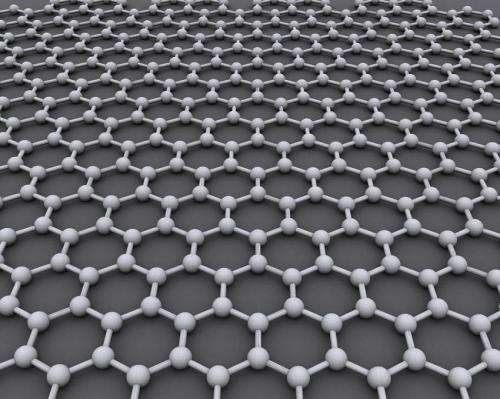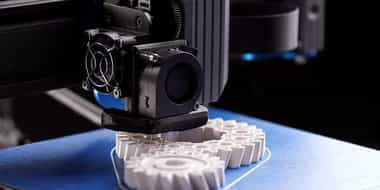Superconductivity technology is a unique and powerful tool in scientific research. However, the properties that enable some materials to superconduct at high temperatures remain little understood. Some scientists believe that high-temperature superconductivity is related to planar layering within the crystalline lattice structure. Other recent research suggests it relates to the holes of hypocharged oxygen in the charge reservoirs.
However the technology works, superconductors are used in a growing number of applications. Because they generate large magnetic fields, they're an essential component in MRI scanners and levitating trains. They could also be used to make energy-efficient power lines and devices capable of storing energy for millennia.
Until recently, most high-temperature superconductors (HTS) were cuprates (i.e., copper based). For example, researchers at the Tokyo Institute of Technology recently discovered a group of
iron-based HTSs that holds promise as the next generation of HTSs.
At a more fundamental and general level, Chia-Ling Chien, director of the Johns Hopkins Material Research Science and Engineering Center,
says: “It appears to us that the new iron-based superconductors disclose a new physics, contain new mysteries and may start us along an uncharted pathway to room-temperature superconductivity.”
LET'S MEET GRAPHENE, THE NEWEST HTS CANDIDATE
A new study conducted by researchers at the University of Cambridge activated the potential for graphene as a superconductor itself. A two-dimensional sheet of carbon atoms, graphene offers exceptional properties such as strength, lightness, flexibility and high conductivity.
Previously, superconductivity in graphene was achieved by placing it on a superconducting material, a process which can compromise some of its other properties. In the study, graphene was coupled with a material called praseodymium cerium copper oxide (PCCO).
PCCO is an oxide from a wider class of superconducting materials called "cuprates." Using a technique called scanning and tunnelling microscopy, the researchers were able to distinguish the superconductivity in PCCO from the superconductivity observed in graphene.
GRAPHENE BECOMES ITS OWN SUPERCONDUCTOR?
Jason Robinson, one the study's scientists, says it's been "long postulated" that, under the right conditions, graphene should undergo a superconducting transition, but couldn't, until now.
"The idea of this experiment was, if we couple graphene to a superconductor, can we switch that intrinsic superconductivity on?," Robinson says. "The question then becomes how do you know that the superconductivity you are seeing is coming from within the graphene itself, and not the underlying superconductor?"
"Placing graphene on a metal can dramatically alter the properties, so it is technically no longer behaving as we would expect," says Angelo Di Bernardo, another researcher in the study. "What you see is not graphene's intrinsic superconductivity, but simply that of the underlying superconductor being passed on."
ELUSIVE P-WAVE FORM REALIZED?
The discovery opens up new possibilities, the researchers claim. Graphene could be used to create new types of superconducting quantum devices for high-speed computing. It might also prove the existence of a mysterious form of superconductivity known as "p-wave" superconductivity.
"What we saw in the graphene was, in other words, a very different type of superconductivity than in PCCO," Robinson said. "This was a really important step because it meant that we knew the superconductivity was not coming from outside it and that the PCCO was therefore only required to unleash the intrinsic superconductivity of graphene."
It remains unclear what type of superconductivity the team activated, but their results strongly indicate that it is the elusive "p-wave" form.
"If p-wave superconductivity is indeed being created in graphene, graphene could be used as a scaffold for the creation and exploration of a whole new spectrum of superconducting devices for fundamental and applied research areas," Robinson said. "Such experiments would necessarily lead to new science through a better understanding of p-wave superconductivity, and how it behaves in different devices and settings."




